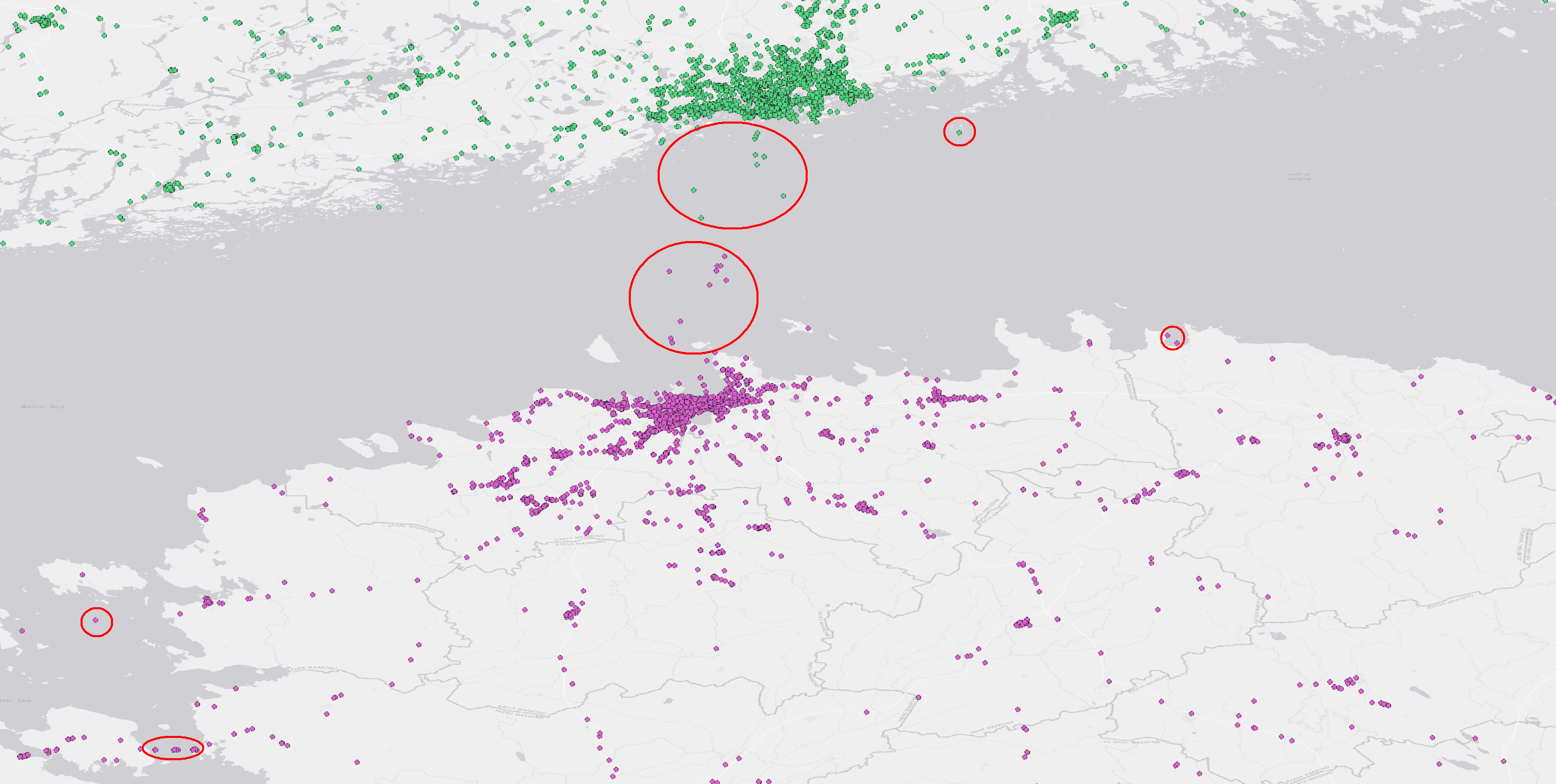Kirjoittajat: Virpi Hirvensalo, Tua Nylén ja Petteri Muukkonen
Tämä blogikirjoitus on julkaistu aiemmin Sirene-verkoston blogissa 17.5.2021 https://www.sirene.fi/blog/rakentamassa-oppimisen-tikapuita-kriittiselle-geomedian-lukutaidolle/.
Lasten ja nuorten kriittisen lukutaidon harjoittelu on nykyään tärkeämpää kuin koskaan aiemmin, jotta he oppivat arvioimaan esimerkiksi internetissä leviävän vaihtelevanlaatuisen tiedon luotettavuutta. Tällainen kriittinen lukutaito on osa monilukutaitoa, jonka tukeminen on yksi perusopetuksen opetussuunnitelman keskeisimpiä tavoitteita. Kriittiseen lukutaitoon kuuluu myös kriittinen geomedian lukutaito. Sillä tarkoitetaan lähde- ja sisältökriittistä tarkastelua sekä analyyttistä otetta karttojen, paikkatiedon sekä paikkaan sidottujen diagrammien, kuvien ja videoiden lukemiseen. Kriittinen geomedian lukutaito kuuluu olennaisena osana maantiedon ja ympäristöopin opetussuunnitelmiin. Myös muissa oppiaineissa, kuten esimerkiksi äidinkielessä, historiassa, yhteiskuntaopissa ja terveystiedossa, harjoitellaan tiedon visualisointia sekä tulkinnan ja lähdekritiikin taitoja. Kyse on siis osin monialaisista taidoista, joiden opettamisessa on mahdollisuus tehdä yhteistyötä tai työnjakoa opettajien välillä, ja joista lapsi hyötyy kaikissa kouluaineissa ja läpi elämän. Mutta kyseessä on myös tieteenalalle tai oppiaineelle ominaisen tiedon esittämisestä ja tulkinnan taidosta. Kriittinen geomedian lukutaito vaatiikin taustalleen myös hyviä geomediataitoja ja maantieteellistä sisältö- ja menetelmäosaamista.
Lasten ja nuorten kriittisen lukutaidon harjoittelu on nykyään tärkeämpää kuin koskaan aiemmin, jotta he oppivat arvioimaan esimerkiksi internetissä leviävän vaihtelevanlaatuisen tiedon luotettavuutta.
Continue reading “Rakentamassa oppimisen tikapuita kriittiselle geomedian lukutaidolle”


